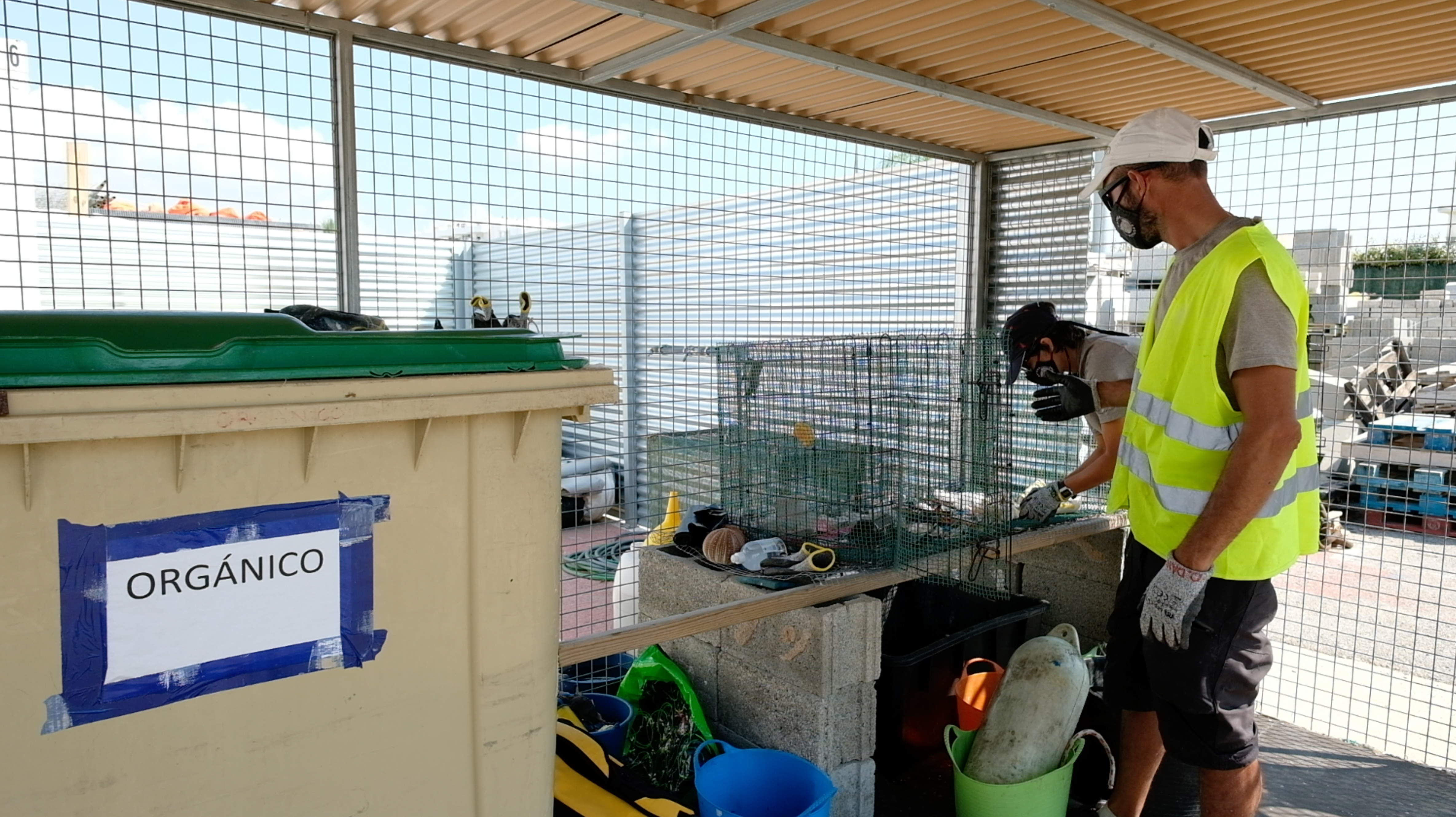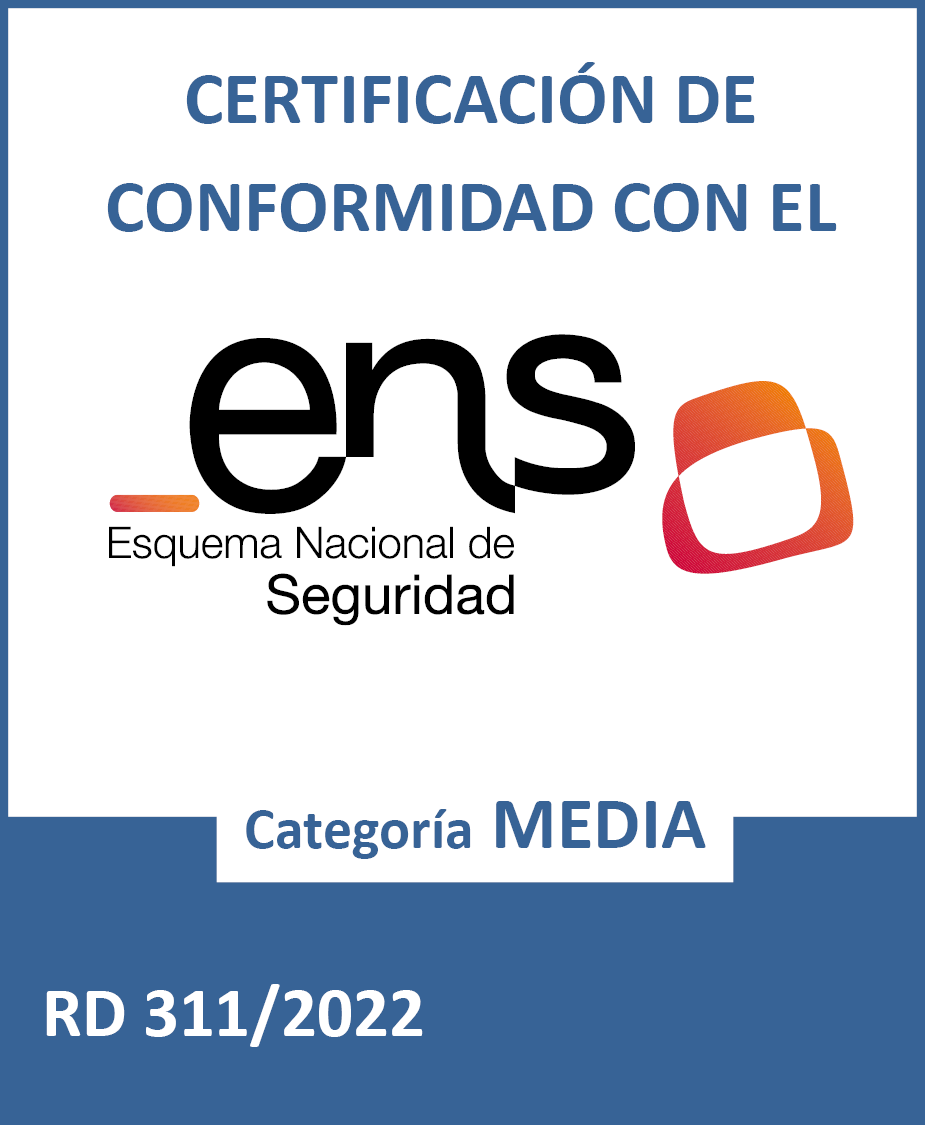The new water surface cleaning service in the ports of Eivissa and La Savina consists of cutting-edge technological equipment
A thorough cleaning of the water sheet improves the safety of the port, reducing the probability of collisions with large objects
Eivissa
06/10/2022- Environment and CSR
- Technology and innovation
The water surface cleaning service in the ports of Eivissa and La Savina takes a step forward with the use of unique devices on the Spanish coastline. The Port Authority of the Balearic Islands (APB) is therefore committed to using energy-efficient and more sustainable equipment to keep the ports clean and, at the same time, reduce the carbon footprint. The commitment of the company Patena Pitiusas, in charge of this work, involves not exceeding 20 objects in an area of 50,000 square metres.
The service is managed by a team of professionals on duty 24/7, 365 days a year, who respond to possible incidents within a maximum of 30 minutes.
The 818,000 square metres of water surface in the port of Eivissa require 38 half-days of work per month, while the 53,000 square metres in the port of La Savina are kept in perfect condition with 6 half-days.
A thorough cleaning of the water sheet improves the safety of the port, reducing the probability of collisions with large objects, blocked propellers and breakdowns due to obstruction in the cooling circuits.
Waste collected
Since October 2020, 42 anti-pollution days have taken place. Of the almost 5 tonnes of waste collected between October 2020 and July 2022, 47% is from rejects, 33% from organic waste and 20% from plastic. The majority comes from land (38%), while 26% comes from the sea. To a lesser extent, the sewage treatment plant, boating and fishing.
Waste is classified by origin (sewage treatment plant, land, sea, nautical and fishing) and by typology (plastics, organic, rejects and others). All of this is recorded in a useful scientific database. In addition, emergencies are attended to in the event of oil spills, grey water, navigation obstacles, fires at APB, and ships sinking.
Vessels
Three vessels are used to clean the water surface. The first, 100% electric and solar-powered, has a large central hydraulic shovel, capable of picking up objects ranging from 10 millimetres to one tonne. It is 8.5 metres long and has a shallow draft (0.5 m) for shallow water operation.
A second vessel cleans up areas of greater risk and bad weather conditions as it is equipped with flexible, highly resistant sides, and operates in anti-pollution initiatives. It is hybrid and has photovoltaic panels and an electric motor.
The cleaning equipment is complemented by a two-metre surface cleaning drone and a 250-litre marine waste collection basket with 8 hours of autonomy. It is designed to reach the most difficult access areas between jetties and boats.








